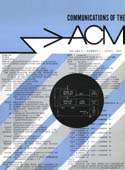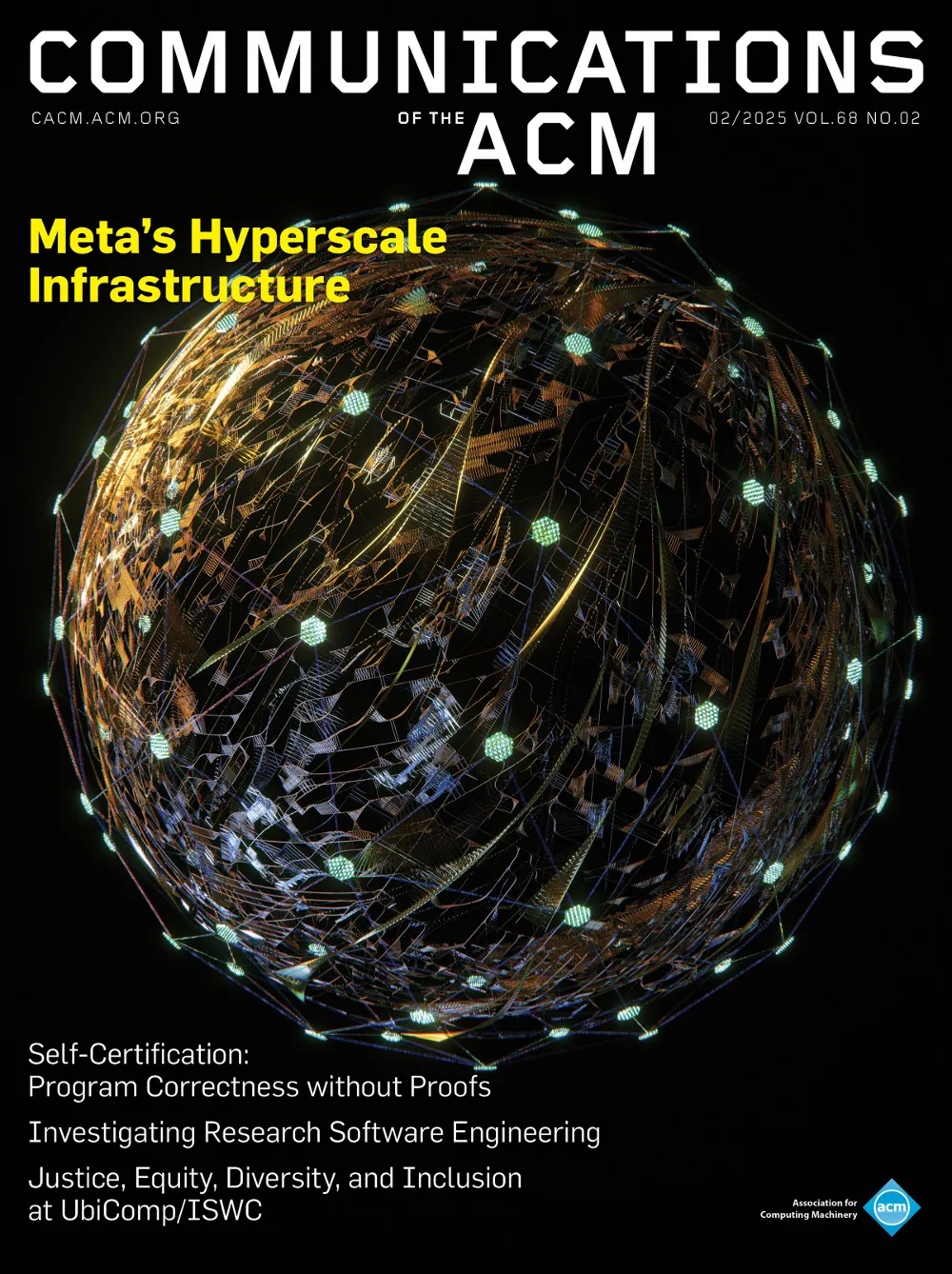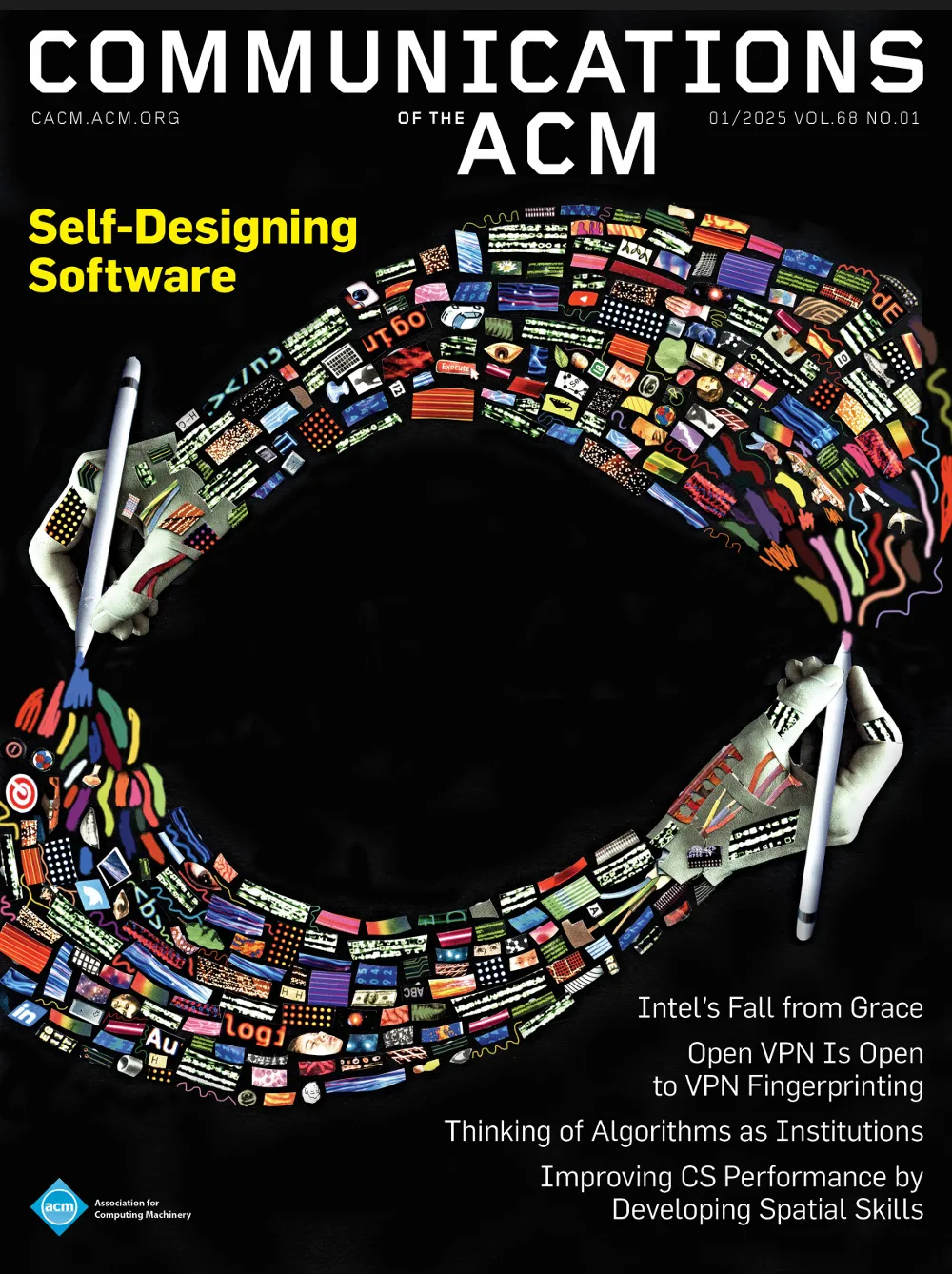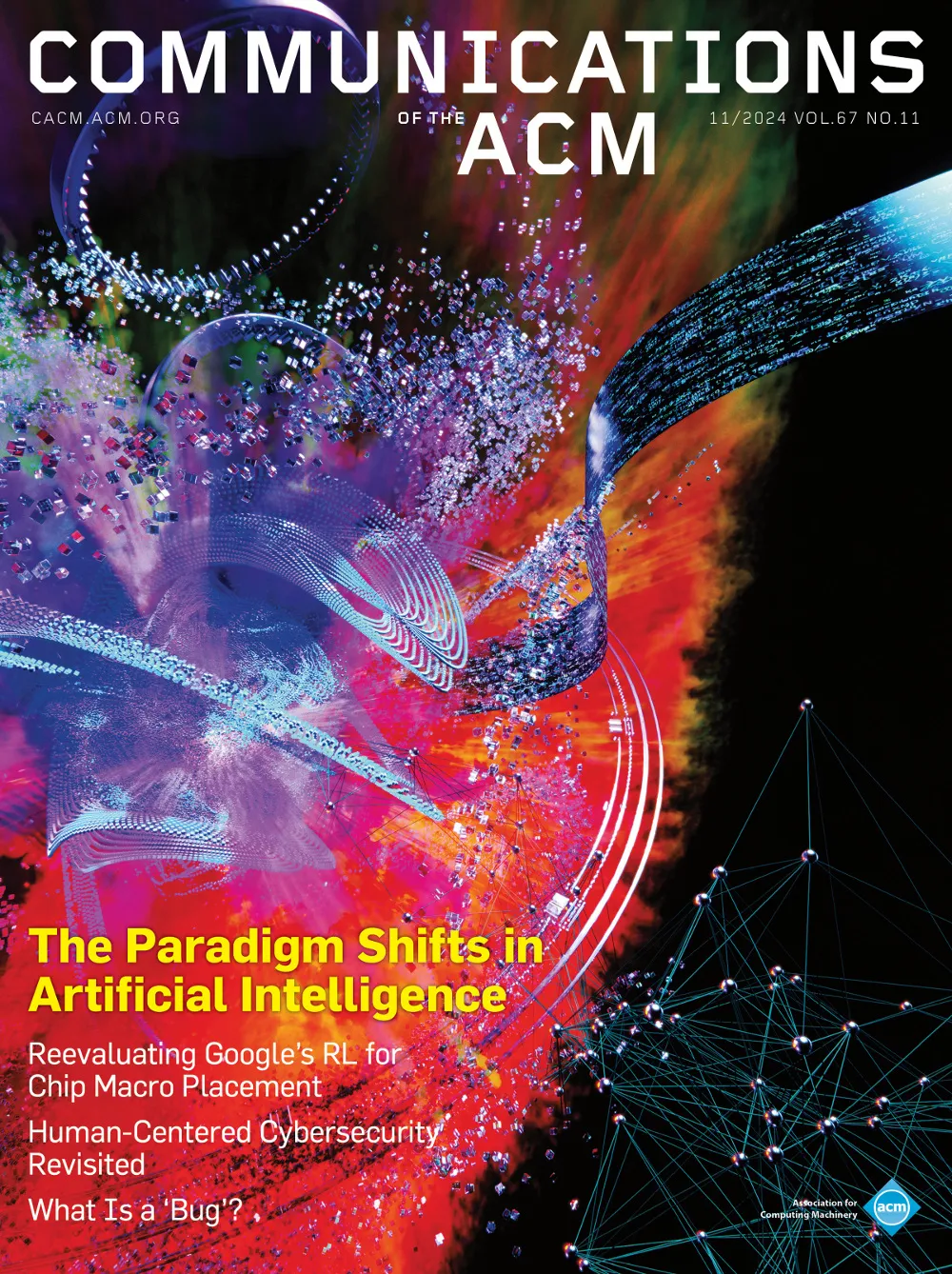April 1965 - Vol. 8 No. 4

Features
This paper gives the considerations of Task Group X3.3.4 in the area of transparent-mode data communication control philosophy. The appearance of this paper was forecast (under the name of “second-level control”) in the earlier tutorial paper, “Control Procedures for Data Communications,” Task Group document X3.3.4.44, dated May 1964.
The present paper elaborates upon solutions to the problems of transparency to the basic ASCII communication control characters, as outlined in the previous paper mentioned above. Moreover, it goes on to cover the additional control problems of handling material such as offline encrypted data or non-ASCII codes by means of systems providing complete character transparency. It does not cover concepts of transparency in which the normal character structure or modulation rate of a system may be abandoned.
In conjunction with the earlier tutorial paper, this paper is expected to lead to a proposal for standardization of data communication control procedures using the American Standard Code for Information Interchange.
CLP-the Cornell list processor
Presented in this paper are the highlights of CLP, a teaching language which has been employed at Cornell University and was constructed to serve as a means of introducing simulation and other list-processing concepts. The various advantages of CLP are discussed and examples are given.
The use of FORTRAN in subroutines with COBOL main programs
By using the proper COBOL coding techniques and accounting for differences in storage allocation and library routines between the two languages, it is possible to write FORTRAN IV subroutines that may be called from COBOL main programs. Such a technique enables the programmer to take advantage of the most useful properties of each language while minimizing their respective disadvantages.
Data input by question and answer
A data input scheme for a time-sharing computer is described in this paper. Instead of using format statements to determine the input, the computer asks the user for the required values one at a time. The computer converses with the user during the input process, checks for errors, provides standard data, and allows editing of values input.
Numerical integration of a differential-difference equation with a decreasing time-lag
Systems in which variable time-lags are present are of common occurrence in biology. Variable flow rates are a common cause of these variable lags. At present no extensive body of knowledge exists concerning the effects which these variable lags can cause. Shown here is a method of reducing some differential-difference equations to ordinary differential equations which can then be studied numerically with ease. Subsequent study will deal with situations in which multiple-lags and lags dependent on the solution itself are present.
Use of a conditional base number system for encoding sequences of correlated characters
A procedure is described for the relatively efficient encoding of sequences of characters which have predecessor-successor selection rules. The procedure is shown to assign a unique integer to each sequence and to generate a reasonably compact set of values.
Wengert’s numerical method for partial derivatives, orbit determination and quasilinearization
In a recent article in the Communications of the ACM, R. Wengert suggested a technique for machine evaluation of the partial derivatives of a function given in analytical form. In solving nonlinear boundary-value problems using quasilinearization many partial derivatives must be formed analytically and then evaluated numerically. Wengert's method appears very attractive from the programming viewpoint and permits the treatment of large systems of differential equations which might not otherwise be undertaken.
The use of COBOL subroutines in FORTRAN main programs
If a problem requires both complicated calculations and edited output printing, then the computing part can be efficiently handled in FORTRAN and the editing part, e.g. punctuation, check protect and floating dollar sign, can be conveniently done in COBOL, in particular by the PICTURE clause. The following programs illustrate the simple technique of combining FORTRAN and COBOL. The main program is written in FORTRAN and the subroutine in COBOL. The programs were run on IBM 7090.
Still another use for FORTRAN II chaining
This is to report a further use of the FORTRAN II Chain System. We, at Sandia, have modified the Chain subroutine to allow for picking up chains from the disk instead of a chain tape. The major change was the addition of a job identification to each chain system, thus allowing for different chain jobs with the same chain number to be available from the disk at any time.
A method for the numerical solution of the n-point boundary value problem for homogeneous linear ordinary differential equations is developed. The method requires two Runge-Kutta integrations over the interval under consideration and the solution of a linear system of equations with n-1 unknowns.
A modified form of Romberg quadrature is described, which is less sensitive to the accumulation of rounding errors than the customary one.
Expanding the editing function in language data processing
In automatic abstracting, citation indexing, mechanical translation and other such procedures, editing is required whenever the automatic method leaves something to be desired. This paper discusses the economy of editing as a function of the amount of condensation of text in language processing operations, and then contends that editing can be regarded as an opportunity rather than as an unwelcome necessity.
“Heavy editing,” which goes beyond mere correction and improvement of computer output, is exemplified by the use of a concordance in preparing a survey article or lecture. Other opportunities for heavy editing are described, chief among them being interpretation and expansion of computer output in such processes as factor analysis. Applications are described, such as the quick, unbiased evaluation of a large volume of incoming mail or telegrams, yielding summary reports not possible for either humans or computers to produce alone.
Secondary key retrieval using an IBM 7090-1301 system
The secondary key retrieval method involves the preparation of secondary storage lists from primary data records. Search requests are satisfied by logical operations on appropriate lists, producing a complete set of addresses of primary records relevant to the request. Experimental results are presented and a comparative analysis is given.



